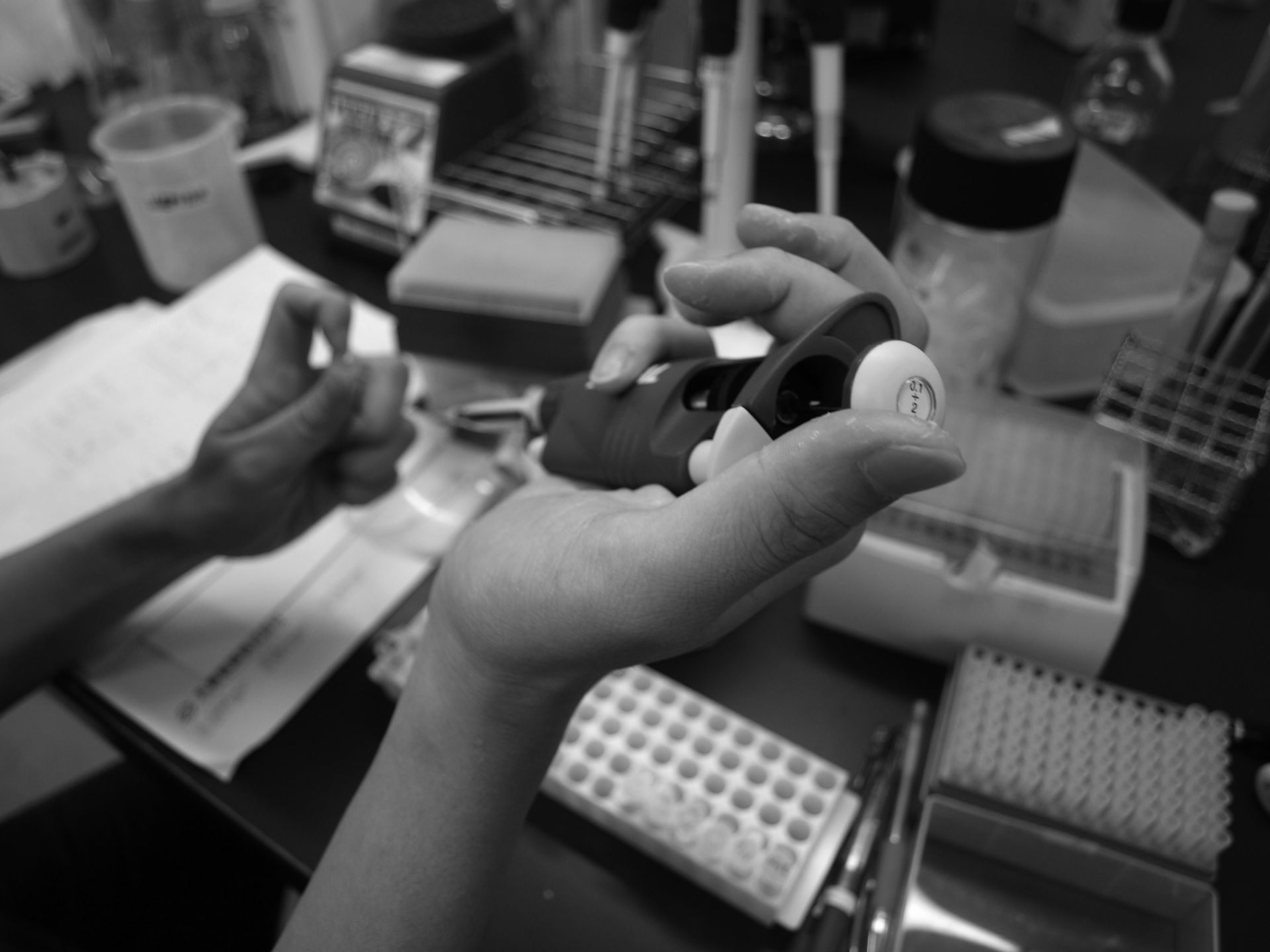Team:KIT-Kyoto/Test/Safety/aol
From 2014.igem.org
(Difference between revisions)
| Line 25: | Line 25: | ||
</div> | </div> | ||
<ul class="submenu"> | <ul class="submenu"> | ||
| - | <li><a href=" | + | <li><a href="/Team:KIT-Kyoto/Test/Safety/aol">About Our Lab</a></li> |
| - | <li><a href=" | + | <li><a href="/Team:KIT-Kyoto/Test/Safety/ci">Check-In</a></li> |
| - | <li><a href=" | + | <li><a href="/Team:KIT-Kyoto/Test/Safety">Safety Form</a></li> |
</ul> | </ul> | ||
<ul id="nav5"> | <ul id="nav5"> | ||
Latest revision as of 05:32, 4 October 2014



About Our Lab
1
- Does your country use a four-part "Safety Level" rating system for laboratories? (The system might be called in English "Risk Levels", "Bio-Safety Levels", "Containment Levels", "Bio-Security Levels", or some similar name.) If yes, which level is used for the most dangerous organisms?
- What is the Safety Level of your lab? (Use the WHO numbering system, in which Level 4 is used for the most dangerous organisms.)
Yes. Level 4 is used for the most dangerous organisms. (True for most countries in Asia, the European Union, and North/South America. This is equivalent to the WHO system.)
Level 1 (low risk, ~= WHO BSL 1)
2
- What type of work environments do you use to handle biological materials? Please check all that apply.
- What personal protective equipment do you use in your lab? Please check all that apply.
Laminar flow hood / biosafety cabinet with open front
Lab coats
Gloves
Safety glasses / goggles
4
- How do you dispose of biological waste? (For example: liquid cell cultures, agar plates, used pipette tips.)
We sterilize it by using the autoclave and send it to the disposal center in our university.
 "
"
